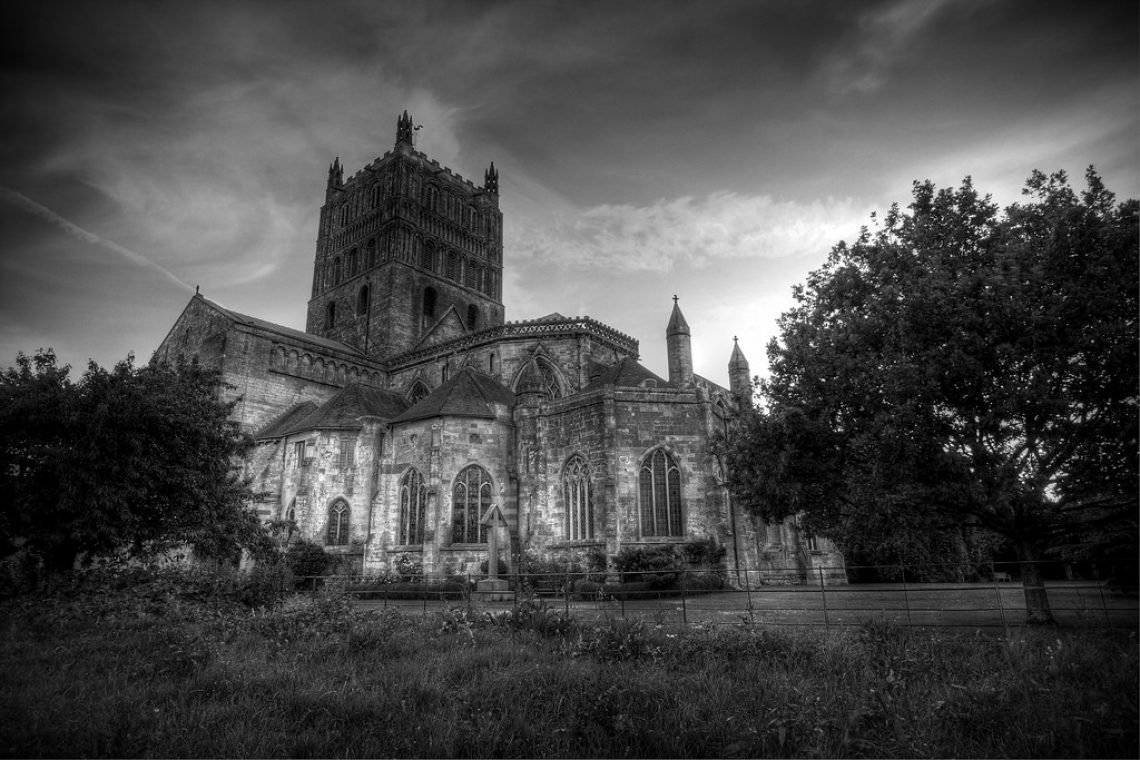In spring I sign into a webcam trained on a tower every day. Twice a day. More. Joining thousands of web-watchers curtain-twitching over eagles, ospreys, and every kind of owl. You can spend hours scrolling a steady diet of pigeon, sand-eel, and things that went squeak. But I like the peregrine falcon. Whether on the campanile of the University of Southern California, a disinclined cliff-face, or the gravel-lined tray on a church tower in Tewkesbury, I am rooting for their hook-hunt certainties as they hurtle through the sky.
I don’t tell my partner that’s why we’re here. The house is guarded by a jump-jet fleet of dragonflies and squadrons of red admirals, thwarting our progress on disciplined wing. There’s water nearby, the localised play of a fountain. I wonder what the sound evokes amongst the neighbours. The river drowned the town fifteen years ago. The sodden, overburdened flood-plain pushed across people’s thresholds, turning this into a place of fen and fumbling and sand-bagged fears.
The terrace is of an age with the battle for which Tewkesbury is famous. It’s celebrated on the streets today, pennants high – a reclamation of a long-ago past and those glorious dogs-of-war, rather than the recent calumny of an accidental drowning. The town bears multiple scars, and the anguished museum displays suggest visitors learn the lessons of both conflicts.
We wade through the uncut grass. The waiting house creaks, like wind through galleoned sails, urgent and un-doldrummed on the seas. Spiders scatter. Something skitters in the wattle-and-daub walls. I smell emptiness and the depredations of moth and mice.
A busy road overwhelms the views at the front, rattling the sash windows, spinning a chrysalis on a silk thread in an unintended breeze. The light reaches for the corners of the rooms, but thins into the velvet dust of shadows.
The back windows are different, gazing over the jungle of garden and the grounds of the neighbouring church. I recite the tree’s names like a prayer. Mulberry. European Beech. Cedar of Lebanon. Yew.
We climb uneven stairs to the third floor, where slip-angled windows overlook the abbey. I can see the nest from here. I yearned with these birds as they raised their family from March to June. Three chicks at first, then after an agonising ringing accident, only two. Turning from helpless flopsies into fearless furies, terrorising the neighbourhood, circling the tower, victoriously making it home. The latest battle of Tewkesbury in an uncivil war.
I search the sky and the bloated finials of the church tower. Nothing. My partner bumps his head and swears. I know we shouldn’t take the house – the beams too low, the road too loud, the water-marks way too high. We stumble down and out. Sunstruck. Blinking. Bees busy through the lavender. Dragonflies still buzz. Suddenly, the blue tits, goldfinches and sparrows go silent. A shadow passes overhead. I look up, but see only the coloured pennants flying high above me. Even so, it’s enough to know they’re near.
Photo Credit: “Mono HDR Sunset on Tewkesbury Cathedral” by kennysarmy is licensed under CC BY-NC-ND 2.0

